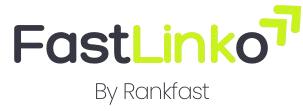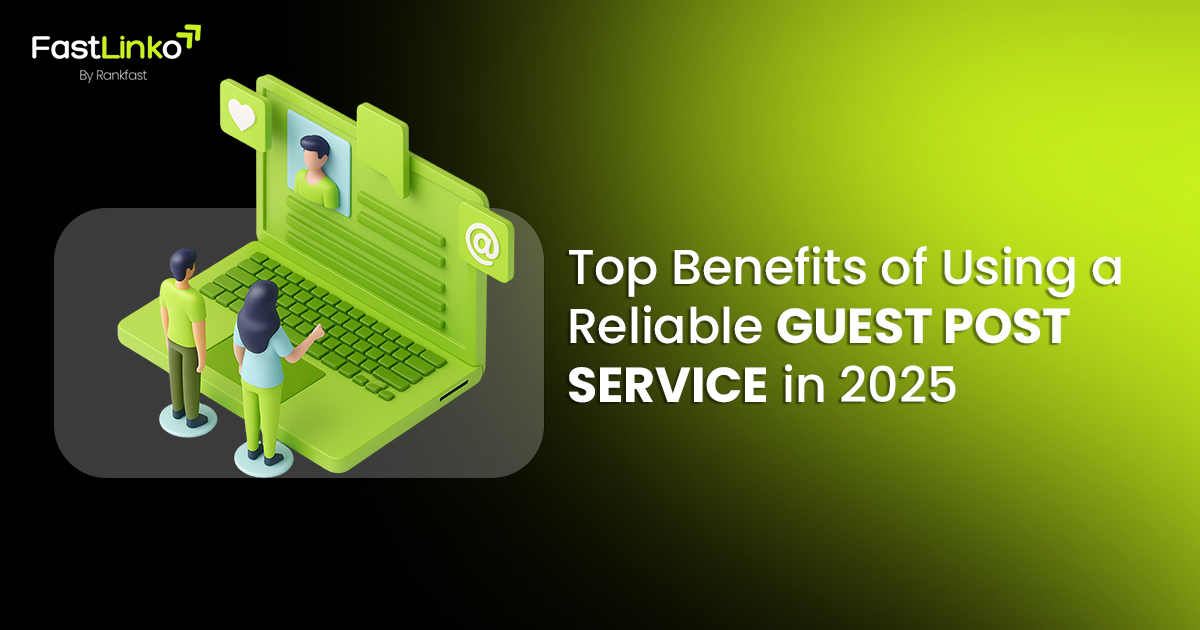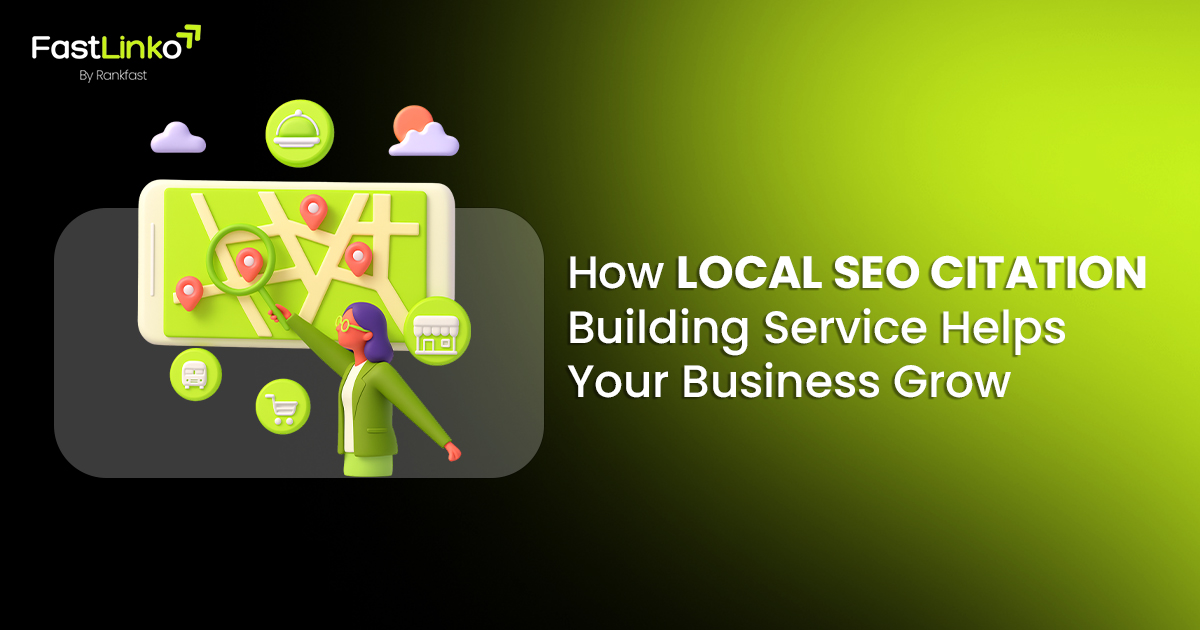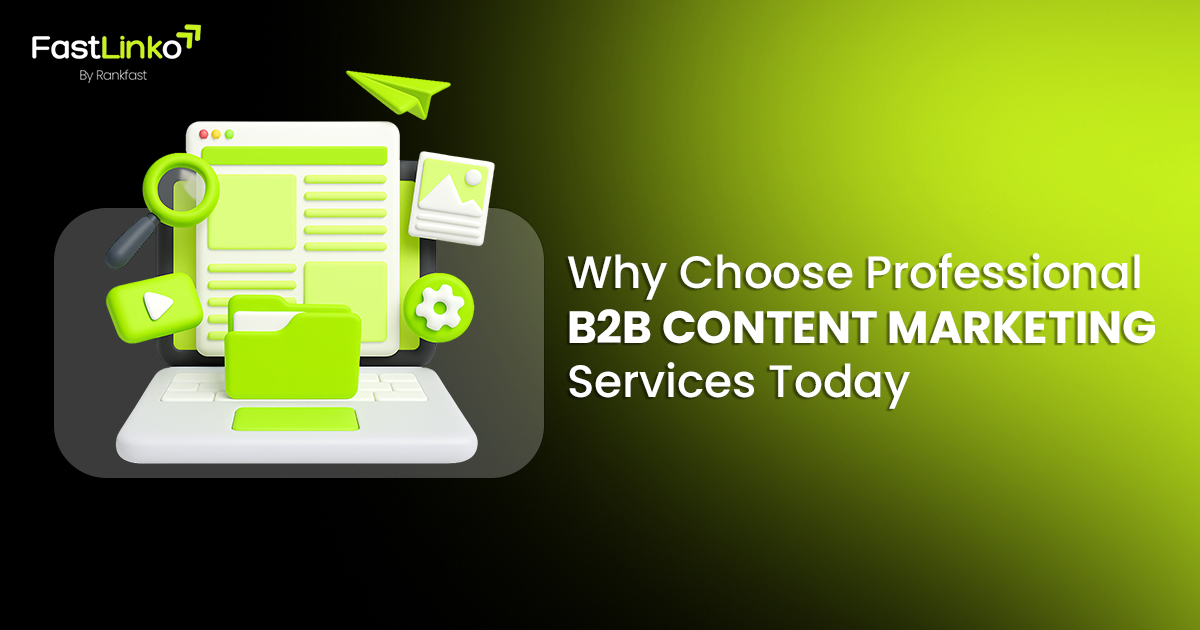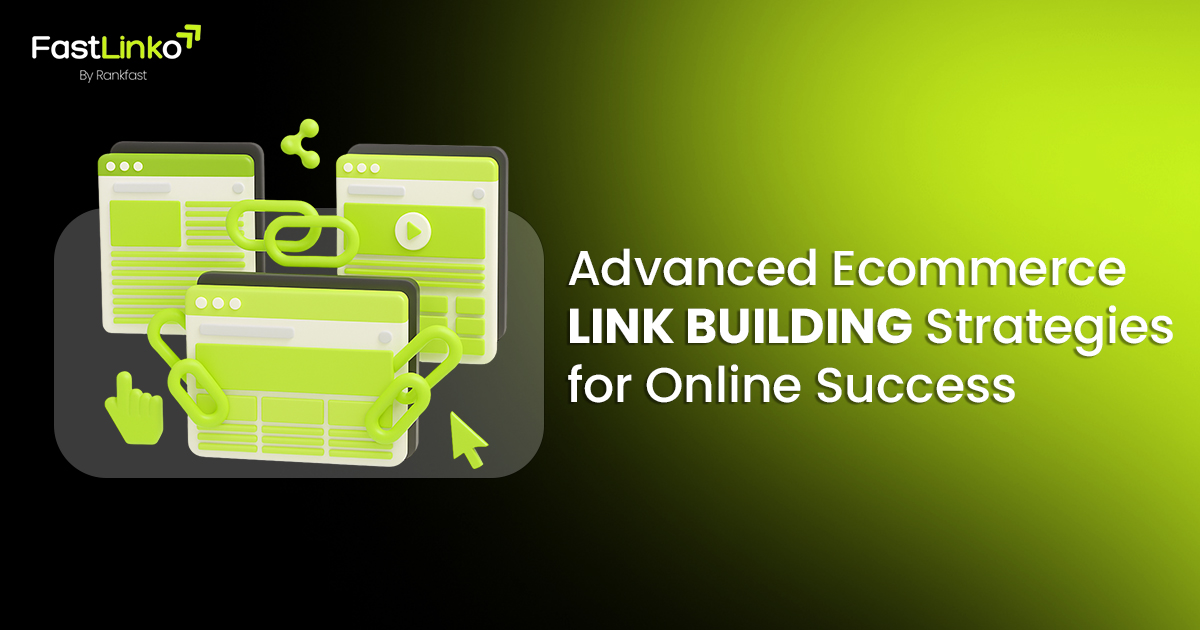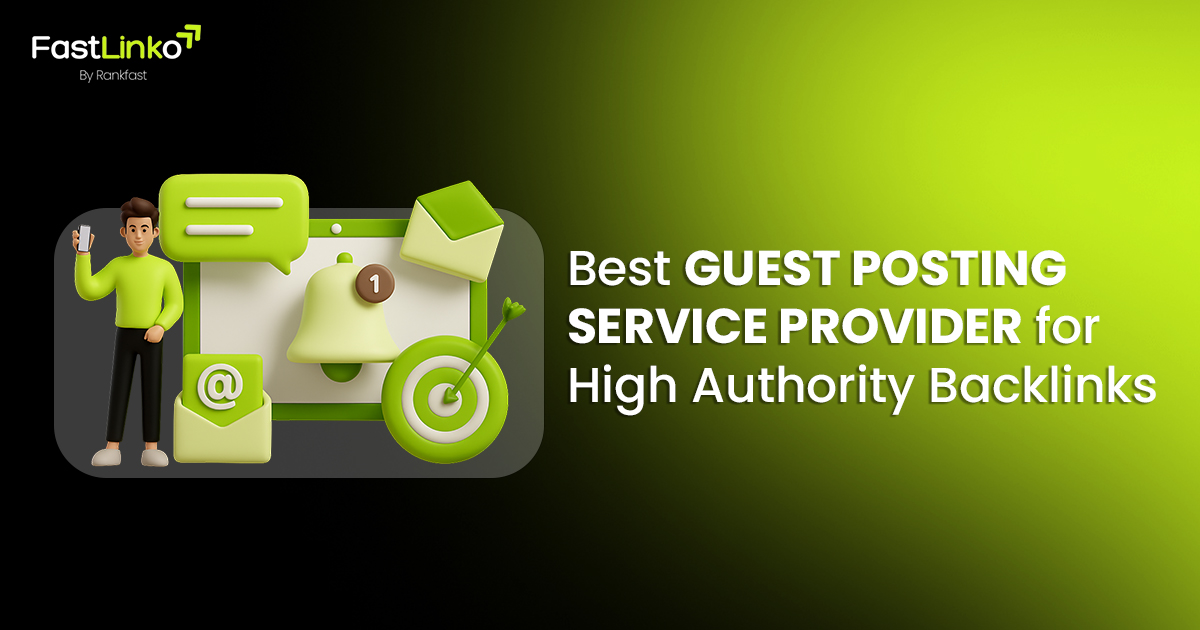
Top Press Release Marketing Tips to Gain Media Attention Fast
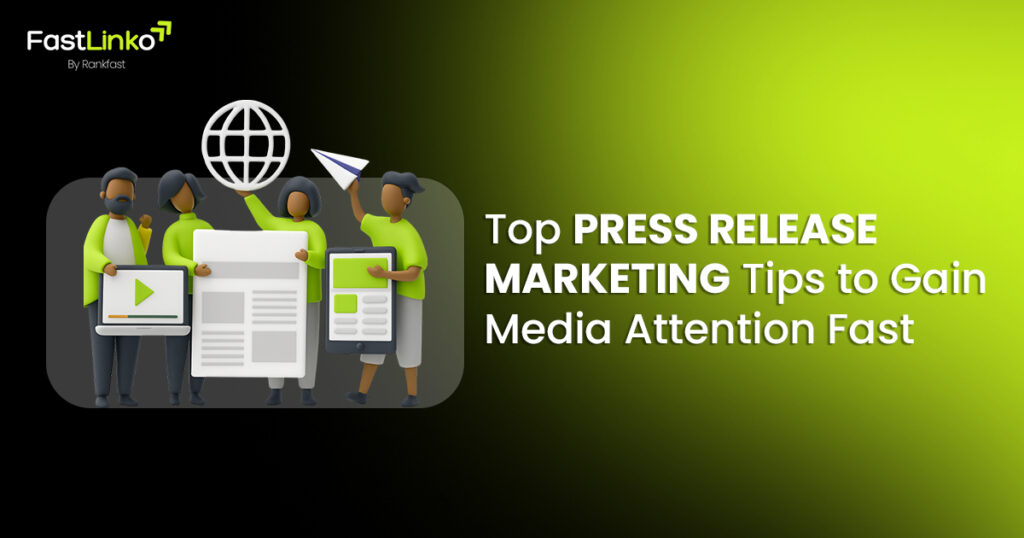
About Author
Recent post
How Local SEO Citation Building Service Helps Your Business Grow
Why Choose Professional B2B Content Marketing Services Today
Advanced Ecommerce Link Building Strategies for Online Success
Best Guest Posting Service Provider for High Authority Backlinks
Categories
Press release marketing runs on editorial value in 2025.
It used to depend on mass distribution and generic media lists. Now, it works on context building. Modern press release marketing acts as a foundation for media coverage, journalist outreaches and PR campaigns.

Daily, journalists filter through endless press release links by brands and PR teams. Only a few of these pass through the publisher’s editorial lenses. The basic publishing criteria followed by journalists include:
- Timing – Relevance, freshness, and news value of your content.
- Credibility– Reliable sources or supporting data, subject-matter weight and topical expertise.
- Narrative Fit – Fit to editorial context and outlet’s readership. Optimise coverage alignment, and beat relevance.
In modern marketplaces, press releases act like strategic assets. They are valuable for both the poster and publisher. Instead of treating a press release as a one time announcement, companies now use the entire press release marketing funnel. It has become a part of a broader content strategy.
This guide explains step by step what modern press release marketing really means, how to build a strong release and publicity tips for fast media attention.
Modern Press Release Marketing
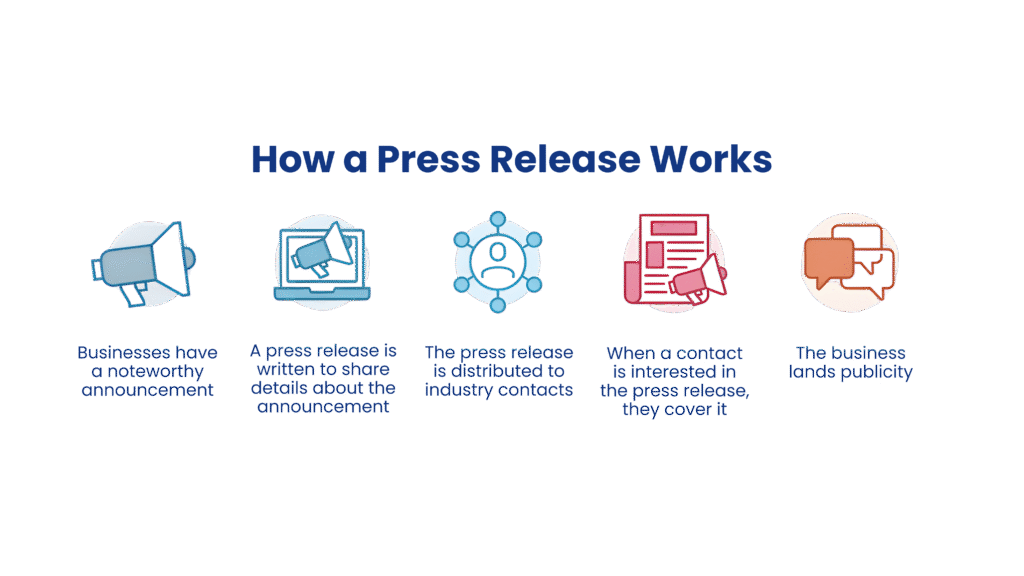
Modern press release marketing organizes and reports important business announcements. They integrate context, supporting data, and editorial-ready formats to frame your announcements.
These releases are published by journalists to reach a brand’s stakeholders, consumers and media outlets. Necessary announcements are drafted in a discoverable, verifiable, and usable manner.
It’s key features are:
- Structured Communication : Modern press release marketing is a structured and carefully developed way to communicate with both journalists and online platforms simultaneously.
Unlike simple announcements, every release is infused with context, supporting data, and clear narrative angles. Press releases should immediately be usable by media professionals and discoverable across major digital channels.
- Contextual Precision : Traditional press releases relied on large media lists, repeated blasts, and sheer volume. Today, press releases are designed to be precise and context-driven.
Brands use journalist outreach to cover specific beats and match their content to the outlet’s audience. They also ensure timing aligns with news cycles for maximum media coverage.

- Editorial Resource : Modern releases are designed as editorial tools rather than corporate promotions. Journalists prefer posting press release content that already includes facts, perspective, quotes, data, and supporting commentary.
Editorial readiness reduces the journalist’s effort. Being editorially ready increases the likelihood of content pickup. It positions the brand as a dependable source, an essential shift from traditional “broadcast” releases.
- PR Campaigns and Multi-Channel Distribution : A single press release contacts multiple touchpoints. Beyond email distribution, releases impact online newsrooms, company blogs, newsletters, and social media snippets.
By embedding press releases into broader PR campaigns, brands create a duplicable system of visibility, credibility, and media engagement. Each release becomes part of a structured content ecosystem, compounding your digital growth with time.
Modern press release marketing creates a framework journalists can use readily, while maintaining consistent content visibility across media channels. Further, let’s explore the elements that make a press release effective, actionable, and widely usable.
Elements of a Successful Press Release
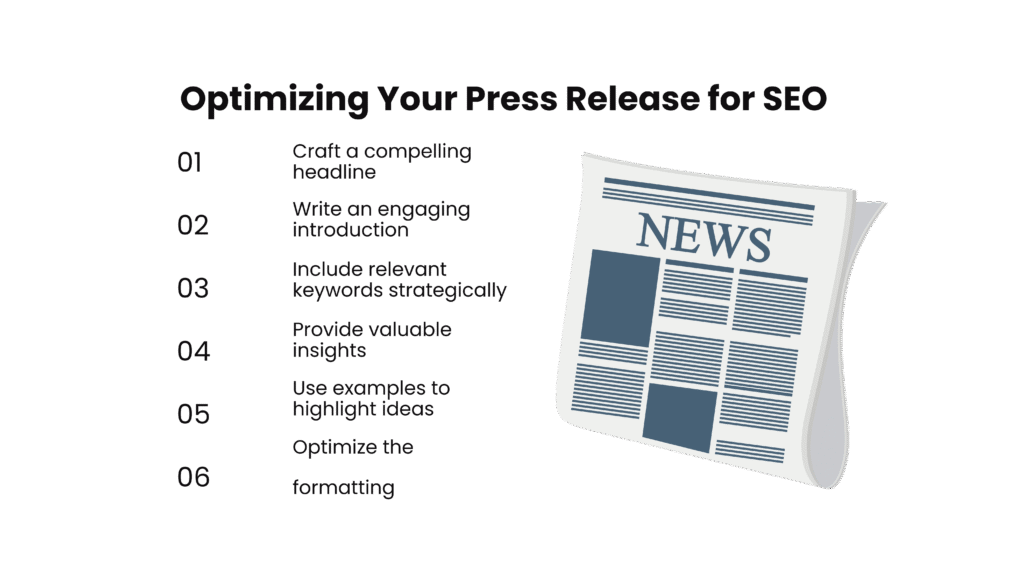
The structure of a press release determines whether journalists engage with your content or move on.
A press release performs the best when its elements blend editorial standards with audiences’ expectations. Mastering various aspects of a press release makes you accessible for journalists. It also streamlines your media coverage and integrates your release smoothly within broader PR campaigns.
The elements of a high-quality press release are:
- Headline: Clear, Factual, and Compelling
The first interaction a journalist or editor has with your release is reading the headline. A good headline focuses on the core news and delivers it in a single concise line.
Having a strong headline improves the chances of your press release being opened, read, and cited. It directly supports your media coverage and PR campaign goals.
- Lead Paragraph: Who, What, Where, When, Why
The lead paragraph’s role is to deliver the essential information upfront. It also acts like an overview or introduction. Journalists typically examine releases to decide if the mentioned story fits their editorial needs.
A well-structured lead answers: Who is involved? What is happening? Where and when is it occurring? Why does it matter?
Integrating these elements increases the readability of your press release. It establishes immediate and holistic context, allows faster pickup and reduces the back-and-forth for background.
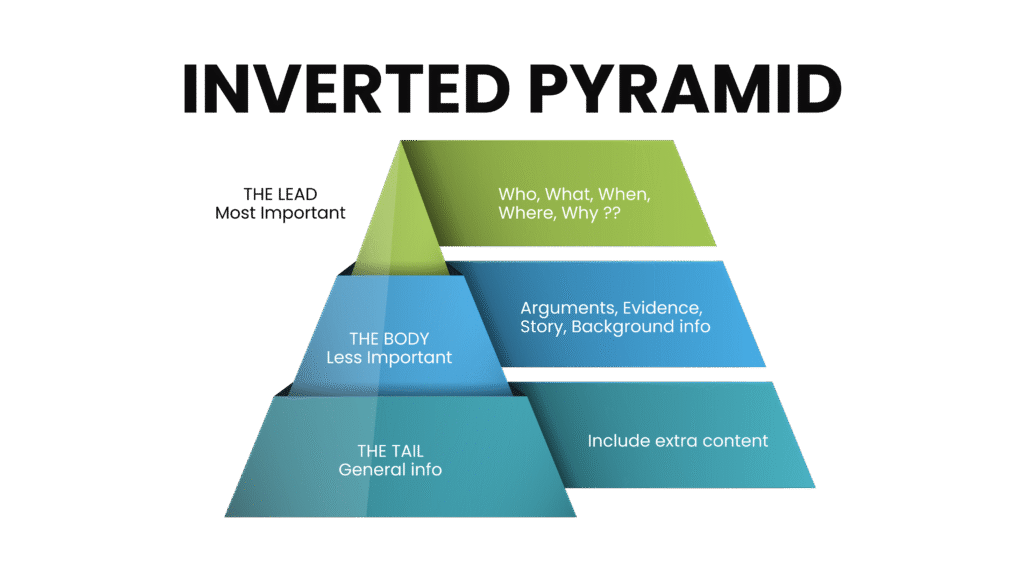
- Body: Data, Quotes, and Relevance
The body expands on the headline and lead paragraph by offering supporting details. This section basically transforms your press release from a basic notice into a fully usable editorial resource.
The body must include data points, statistics, or survey results to validate your story. Quotes from leadership, industry experts, or stakeholders provide perspective and credibility.
Each paragraph should multiply the relevance of your press release to the audience.
- Boilerplate: Brand Identity and Context
The boilerplate is a standardized paragraph about your brand. It gives new readers a brief of your company’s core mission, history, and differentiators.
A boilerplate should be brief, informative, and consistent across all your press releases.
Well-crafted boilerplates act like brochures for journalists. They ensure that whoever references your release, adds accurate and brand aligned information to their coverage.
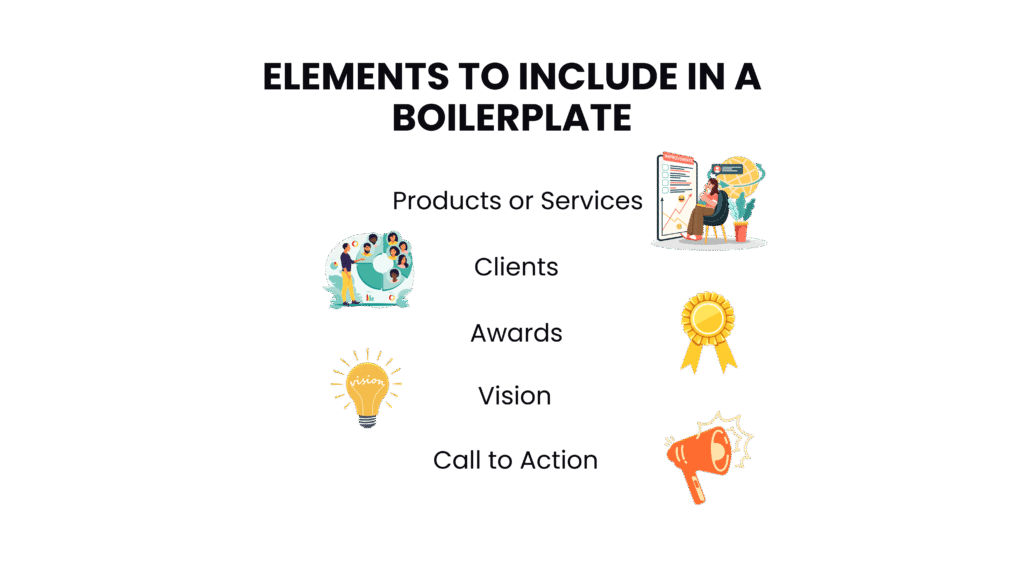
- Call to Action: Guide Reader Response
A press release should end with a clear call to action for the reader. Whether it’s visiting the website, signing up for a webinar, or contacting your PR team.
A compelling CTA can compound the effectiveness of your press release manifold.
Apart from directing engagement and traffic, it ties your media coverage to measurable business outcomes.
Each component contributes to a higher content pickup rate and shareability. Just by carefully framing a press release, brands can increase their placement, attract higher-quality media coverage and raise their engagement.
Top Press Release Marketing Tips To Gain Media Attention Fast
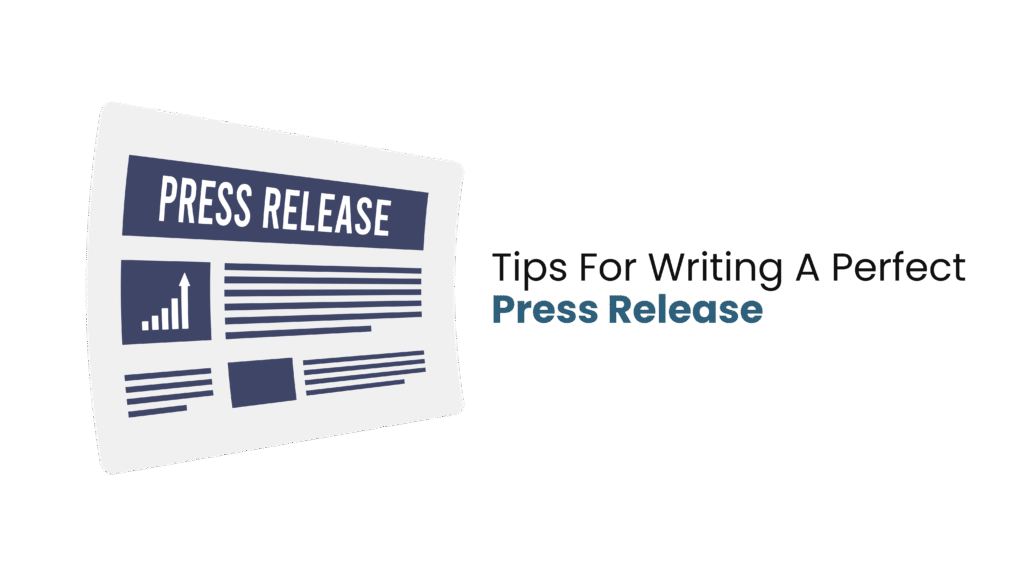
The most effective strategies to secure faster media coverage and PR campaign success are:
1.Offer Valuable News
If news offers strong value for readers, it earns quicker release coverage.
Journalists don’t push brand vanity. They filter out useful stories for their target audience. Before writing a press release, ask your team what the real news angle is. Tie your release to trends, market shifts, or data-backed insights. If your product launch aligns with an industry-wide development, present it as part of the bigger conversation.
2. Build Comprehensive Context
A press release without adequate context feels hollow. Journalists want to know why your release matters now. Brands should include supporting research, statistics, and industry perspectives to add weight to their announcement.
A press release works like an explainer. It places your brand within an actively performing narrative. A cohesive and formatted structure makes it easier for journalists to pick up the release as it is, saving them research time.
3. Journalist Outreach
Personalised journalist outreach multiplies your pickup rate. Researching the beats and writing styles of reporters before pitching helps in creating ideal press release versions for various readers.
A customised subject line, with two lines on why your release aligns with their coverage, makes a huge difference. Remember, the goal is to help journalists write a better story quickly and effectively, not just to get your brand mentioned.
4. Multi-Channel PR Campaigns
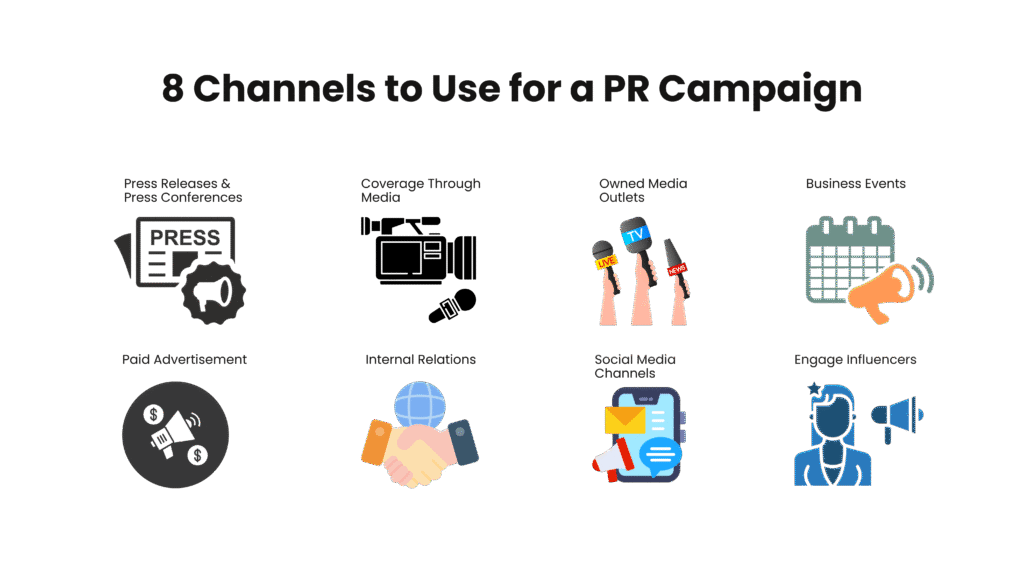
Modern press releases don’t stop at the newsroom. They repurpose key elements from the statement across company blogs, LinkedIn posts, newsletters, and even short-form video summaries.
By fusing your release into a broader PR campaign, you can create multiple entry points for journalists, stakeholders, and customers.
5. Timing and Distribution Strategy
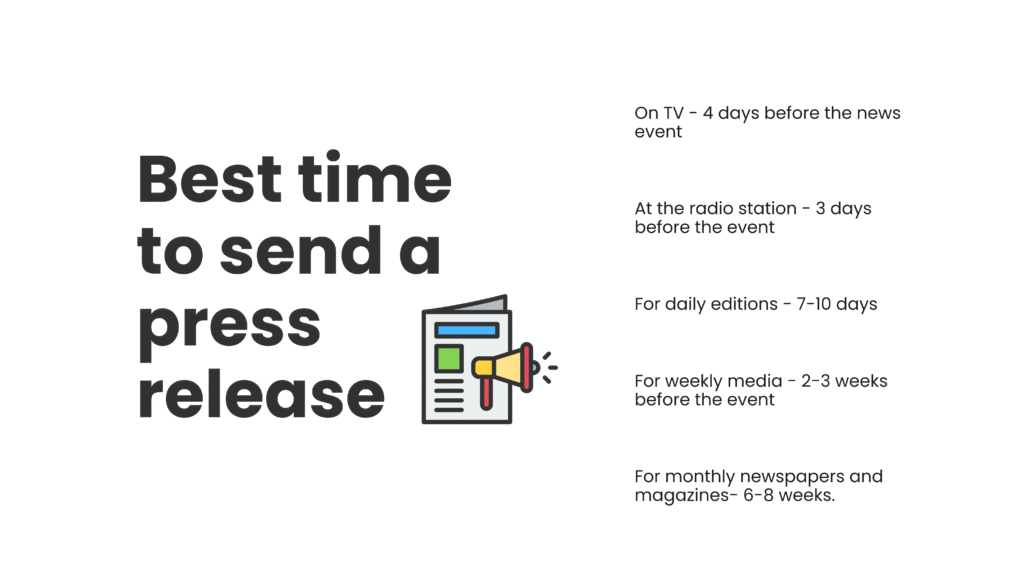
Releases perform the best when they land at the right moment. Your media team should coordinate with journalists for announcements with industry events, product cycles, or breaking news windows.
Beyond traditional big players, firms should explore niche distribution platforms that are specifically relevant to their industry. This approach balances mainstream and targeted placements. A mixed strategy maximises both reach and relevance for different audiences.
6. Track, Measure, and Optimise Future Releases
Every press release contributes to data for your next campaign. After sharing press releases, brands should monitor their open rates, journalist responses, media pickups, and referral traffic.
Analysing which headlines worked and which outlets gave most traction helps to refine future announcements into faster-moving assets. In press release marketing, iteration is just as important as distribution. Every insight helps in creating more effective press strategies for the future.
7. Align Every Release With Business Outcomes
Remember, media coverage is only a means to drive engagement, it is not the end. Always align your press releases with your desired business outcomes. One must carefully decide whether their press release focuses on awareness, traffic, partnerships, or investor interest.
Brands should always tie call-to-action directly to these press releases as well. When your release generates the desired traffic and engagement outcomes, it justifies the time and budget invested into the PR campaign.
Takeaway
Press releases are now structured data that feed journalists, search engines, and AI systems alike. If channelised properly, they shift from one-time announcements to lasting assets that reinforce brand authority.
Conclusion
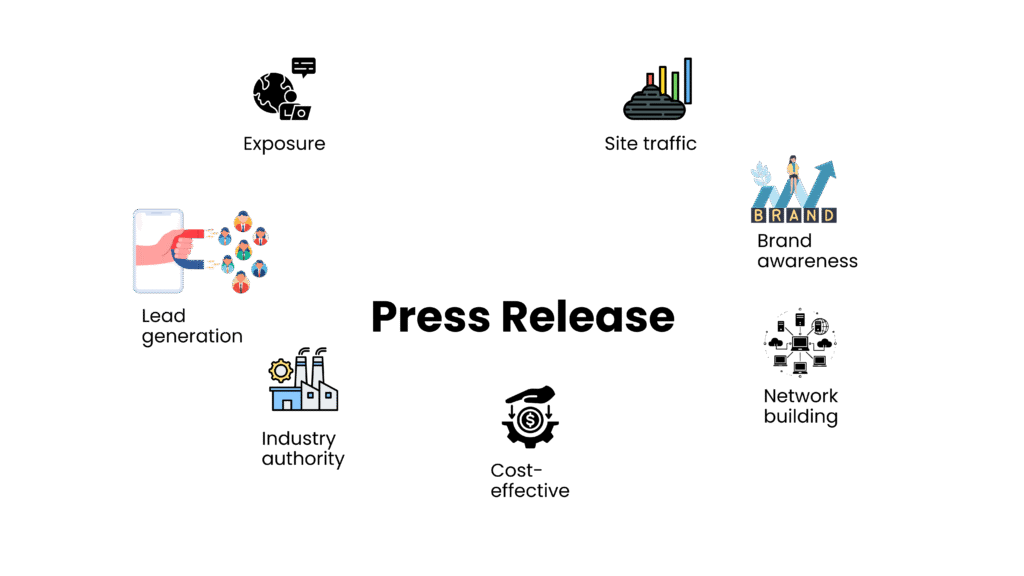
In 2025, press release marketing merges journalism, brand strategy, and digital distribution into one single field. Now, success doesn’t come from publishing more releases. It comes from embedding each press release into a carefully constructed PR campaign to support business objectives.
Media coverage is no longer a vanity metric. It is a credibility factor that influences investors, customers, regulators, and even employees.
When aligned with your business outcomes, press releases transform from static updates into active growth drivers. Whether you are targeting lead generation, market positioning, or partnership building. Press release marketing turns every release into a learning asset for the next campaign.
FAQs
What is press release marketing and why is it important?
Press release marketing means sharing company news with media outlets. It helps businesses announce updates, reach audiences, and gain credibility. When done right, it increases online traffic and user trust.
How do press releases attract media coverage?
Press releases attract media coverage by providing clear, factual, and timely news. Journalists prefer direct stories with clear angles for their readers. Strong headlines, supporting data, and quotes make the story appear credible, newsworthy, and worth sharing.
How long should an effective press release be?
An effective press release is usually one page or about 400-500 words long. It should deliver the main news, explain key details, and include data or quotes. Avoiding unnecessary information also makes your press release easier to use.
How can small businesses use press releases for publicity?
Small businesses can share milestones, partnerships, product launches, or community involvement through press releases. Local media regularly cover such stories, helping build brand presence. This approach provides cost-effective publicity, creates trust, and places small businesses as credible players in their industries without big PR budgets.
Should press releases be distributed manually or through PR platforms?
Manual distribution builds stronger journalist connections, while PR platforms give wider, faster reach. Both their own have value. A combined approach based on your needs works the best. Personal outreach gives targeted coverage and platforms can be used for broad exposure. This balance improves chances of getting meaningful media attention and better campaign results.
- Your cart is empty Browse Shop
DISCUSS NEW PROJECT OR JUST TO SAY HELLO GET IN TOUCH WITH US
info@Fastlinko.com
+91-9990725969
200 Park Home Avenue
M2R 1A2 North York, ON, Canada
© Fastlinko 2025 . All rights reserved, Rankfast

